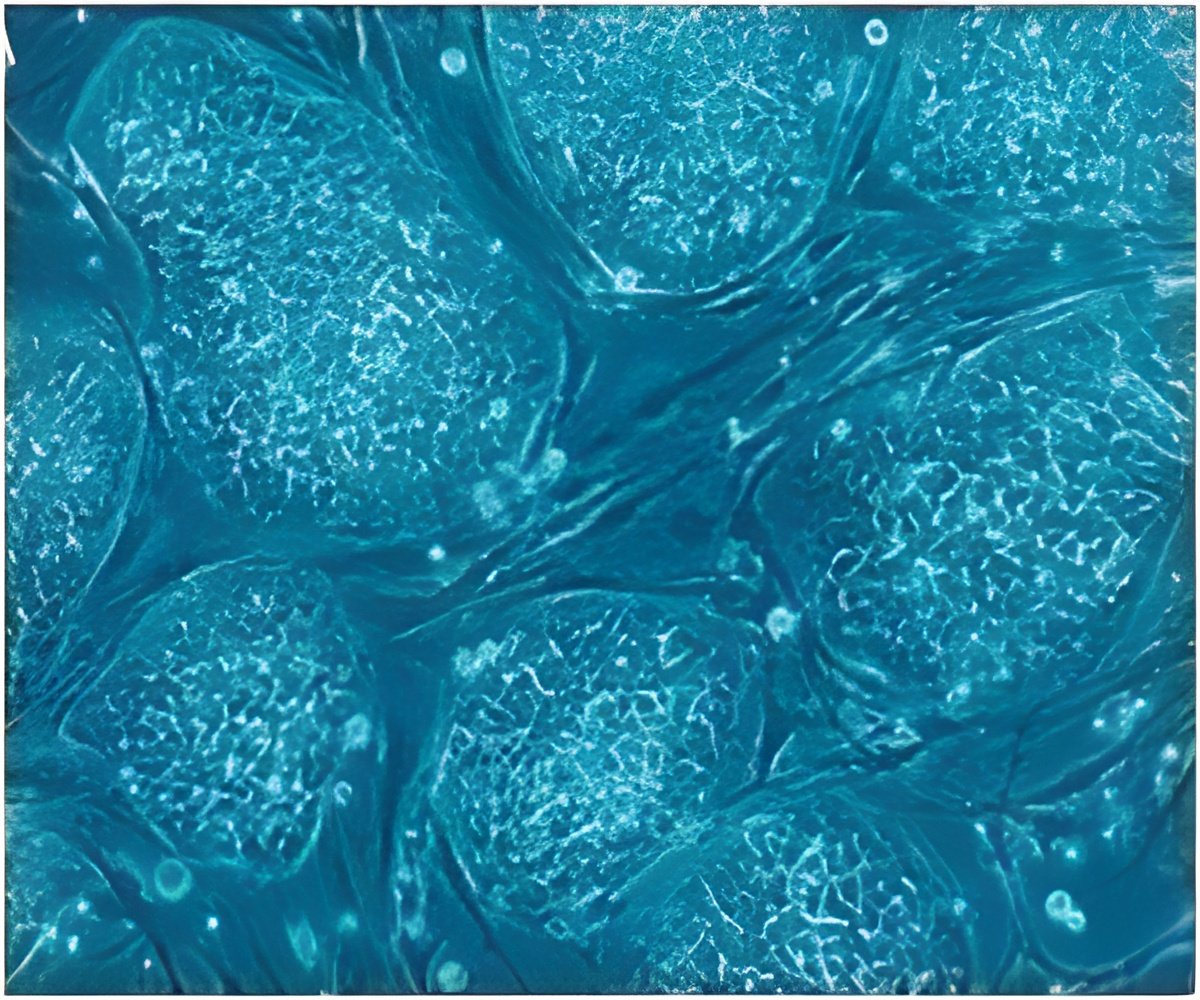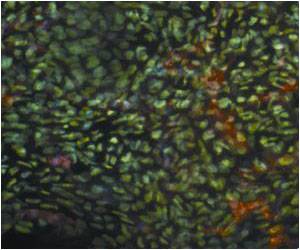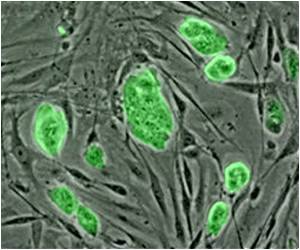B-type lamins are not only necessary for the stem cells to renew and develop but also play a key role in organ development, say researchers.

The role of B-type lamins in the differentiation of embryonic stem cells into various types of cells, depending on where in a body they are located, was thought to be crucial. The lamins were thought to use their DNA-binding suppression abilities to tell a cell which type of development pathway to follow.
But the team--including Carnegie's Youngjo Kim, Katie McDole, and Chen-Ming Fan--took a hard look at the functions of B-type lamins in embryonic stem cells and in live mice.
They found that, counter to expectations, lamin-Bs were not essential for embryonic stem cells to survive, nor did their DNA binding directly regulate the genes to which they were attached. However, mice deficient in B-type lamins were born with improperly developed organs—including defects in the lungs, diaphragms and brains—and were unable to breathe.
"Our works seems to indicate that while B-type lamins are not part of the early developmental tissue-building process, while they are important in facilitating the integration of different cell types into the complex architectures of various developing organs," Kim, the lead author, said. "We have set the stage to dissect the ways that a cell's nuclear lamina promote tissue organization process during development."
Source-Eurekalert












